Internet of Forests
Next Generation Technology to Bring Innovation to Conservation
Introduction
Amazon: The Lungs of the Earth
The world’s largest and most diverse tropical rainforest plays a crucial role in regulating the Earth's climate and oxygen supply. The Internet of Forests (IoF) is an initiative focused on preserving life-sustaining natural resources on our planet. Its goal is to monitor and analyze rainforest health and digitally connect every hectare to deliver sustainable economic and social benefits to rural communities. This initiative underscores our commitment to the UN’s Sustainable Development Goals which seek to promote prosperity while protecting the planet.

20%
of the Earth's oxygen production

10%
of the world's known wildlife species

400
indigenous & ethnic minority groups
Sources: WWF, Worldbank
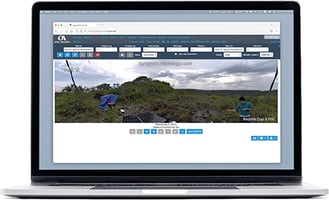
Goals
IoF enables detailed monitoring and data collection from ground sensors and cameras installed in the rainforest, which is processed locally on VeeaHub devices in a mesh cluster installed in carefully selected zones throughout the rainforest with a satellite backhaul. Data fusion through integration of the processed ground data, from different sources, together with satellite-based LIDAR and/or high-resolution Imagery with the application of machine learning and artificial intelligence (AI), provides for significant insights into and advanced knowledge of the relationship between landscape dynamics, environmental conditions, human activities, biophysical variables, and natural stocks.
Measure
Leverages cutting-edge technologies to accurately track essential environmental and social metrics — from mitigating forest fires and preserving biodiversity to combating climate change.
Collect & Preserve
Delivers world-class data collection and storage infrastructure, utilizing sensors, satellites, and drones to gather diverse environmental data.
Collaborate
Promotes open access to environmental data, empowering local communities to understand their impact and develop proactive forest health management tools.
Impact Measurement
- Ensure reliable measurements of key environmental and social metrics for valuation of tokenized land.
- Leverage advanced technologies and interdisciplinary research to comprehensively quantify impacts on the Amazon rainforest, from forest fires and biodiversity to climate change and ecosystem services.
Data Collection, Preservation and Sharing
- Serve as world class data collection and storage infrastructure for scientific analysis of forest environments.
- Collect diverse environmental data from sensors, people, satellites, and drones, securely preserving and share with local landowners and authorities.
Awareness and Collaboration
- Promote open access to empower local communities to understand their environmental impact and develop tools for prevention and forest health management.
- Collaborate to develop AI-powered predictive models that integrate climate change projections and fire history.

Data Infastructure
- Centralized database and cloud services for data storage, processing, and visualization
- Infrastructure for long-term flexibility to integrate new data sources

Remote Sensing
- Satellite/drone imagery analysis for mapping biomass, deforestation, and forest health
- Machine learning to analyze remote sensing data
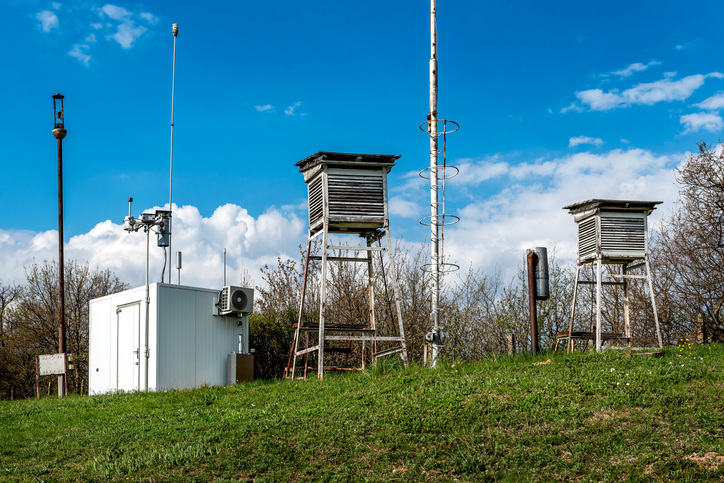
Environmental Sensing
- Fixed monitoring stations for granular environmental data
- Integrated with satellite infrastructure for robust models
- Modular stations for additional sensor types

Socio-Environmental Sensing
- Distributed low-cost, low-power sensors for human activities, animal behaviors and illegal operations
- Leverages energy harvesting and opportunistic sensing

Bio-Sensing
- Advanced bio-sensors to detect specific pollutants, bacteria, and molecular-level indicators
- Transition from site sampling to in-situ bio-sensing stations
Tech Stack
Our advanced technology stack combines cutting-edge environmental sensing, robust network infrastructure, and intelligent data analysis to support sustainable solutions in complex ecosystems. We leverage real-time data collection, seamless communication across vast areas, and AI-driven insights to monitor and protect biodiversity. Below is an overview of our tech stack, outlining the integration of sensors, mesh networks, data centers, and federated AI/ML algorithms that enable efficient data collection, processing, and actionable analysis.
The range of capabilities deployed with the IoF provides for effective monitoring, reporting and verification (MRV) mechanisms that can bring real-time knowledge of ground conditions, such as start of wildfires, and land use changes, such as deforestation, which are the primary causes of biodiversity losses, while providing for safeguarding and strengthening the rights and livelihoods of local communities.
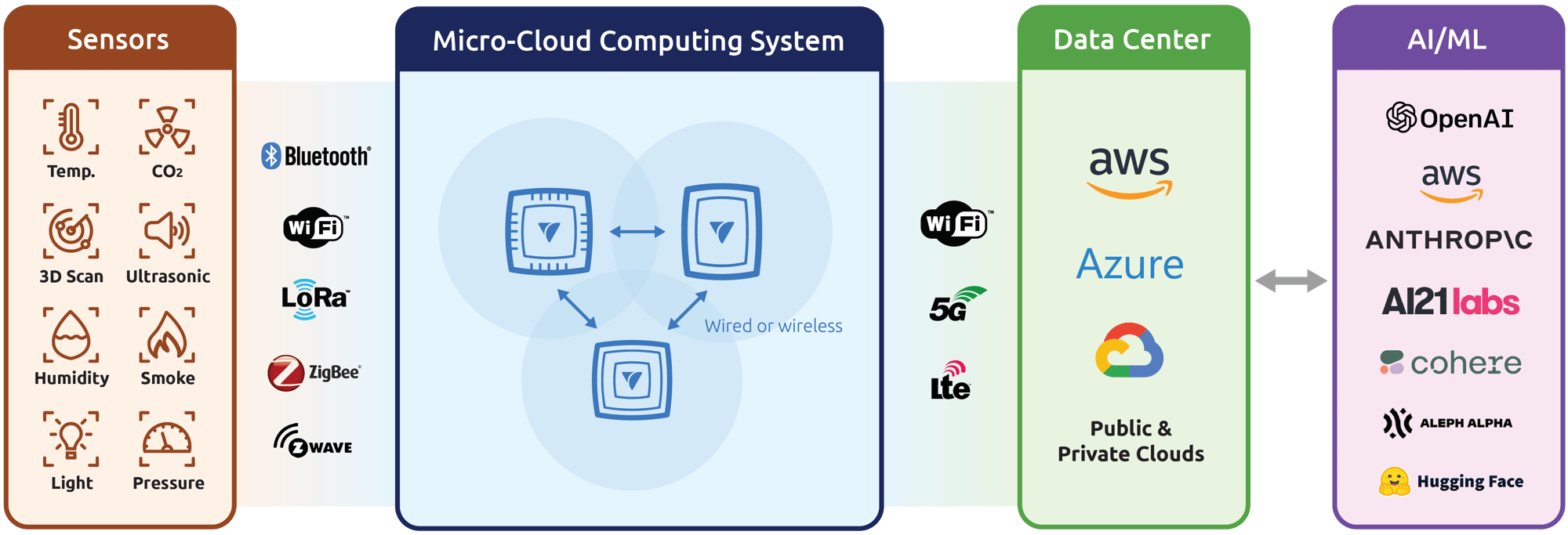
Collect real-time environmental data, including temperature, humidity, CO2 levels, biodiversity and deforestation activities via a vast range of wireless communication protocols such as LoRa, Bluetooth, Zigbee, ZWave and Wi-Fi.
Leverage a high-performance edge computing platform to transmit data from sensors to central nodes through large-scale mesh networks. Integrate this platform in virtualized environments, utilizing APIs, microservices, and container apps to create a seamless virtual compute environment. This hyperconverged edge computing technology ensures reliable communication of big data even in remote and dense areas, such as rainforests, with minimum latency and high security
Centralized repository for storing vast amounts of data collected from the sensors. Big data analysis and reporting powered by machine learning and AI to monitor key variables within the rainforests
Federated AI and ML algorithms to process and analyze collected data, providing insights for biodiversity conservation.
According to Inter-American Development Bank, “Biodiversity and ecosystems are declining globally and the pressures leading to such a decline are intensifying, requiring urgent action to reverse nature loss and avoid a 6th mass extinction (IPBES, 2019). There has been a global average decline of 69% in species populations since 1970 - Latin America and the Caribbean is at the very top of the list with an alarming 94% drop”
A New Approach
Hyper-convergence
A unified platform integrating hardware and software for superior edge connectivity and security. Features micro-cloud capabilities for seamless LAN/WAN and quick, plug-and-play deployment.
Edge AI
Empowers adaptive computing with few-shot and federated learning, supported by blockchain. Part of the Enterprise Neurosystem, a global climate-focused AI community.
Cost Optimization
Reduces infrastructure needs, cutting costs. Customized for challenging environments like rainforests with efficient, low-cost solutions.
Power Efficiency & Resilience
Energy-efficient, designed for renewable energy use. Ensures uninterrupted operation with redundancy and failover support.
Connectivity
Offers multi-level connectivity (WiFi, LoRa, Bluetooth and others) and satellite backup for continuous data flow and remote management.
Security
Centralized management and Zero Trust security with patented Docker containers for robust data protection.
Sustainable Governance
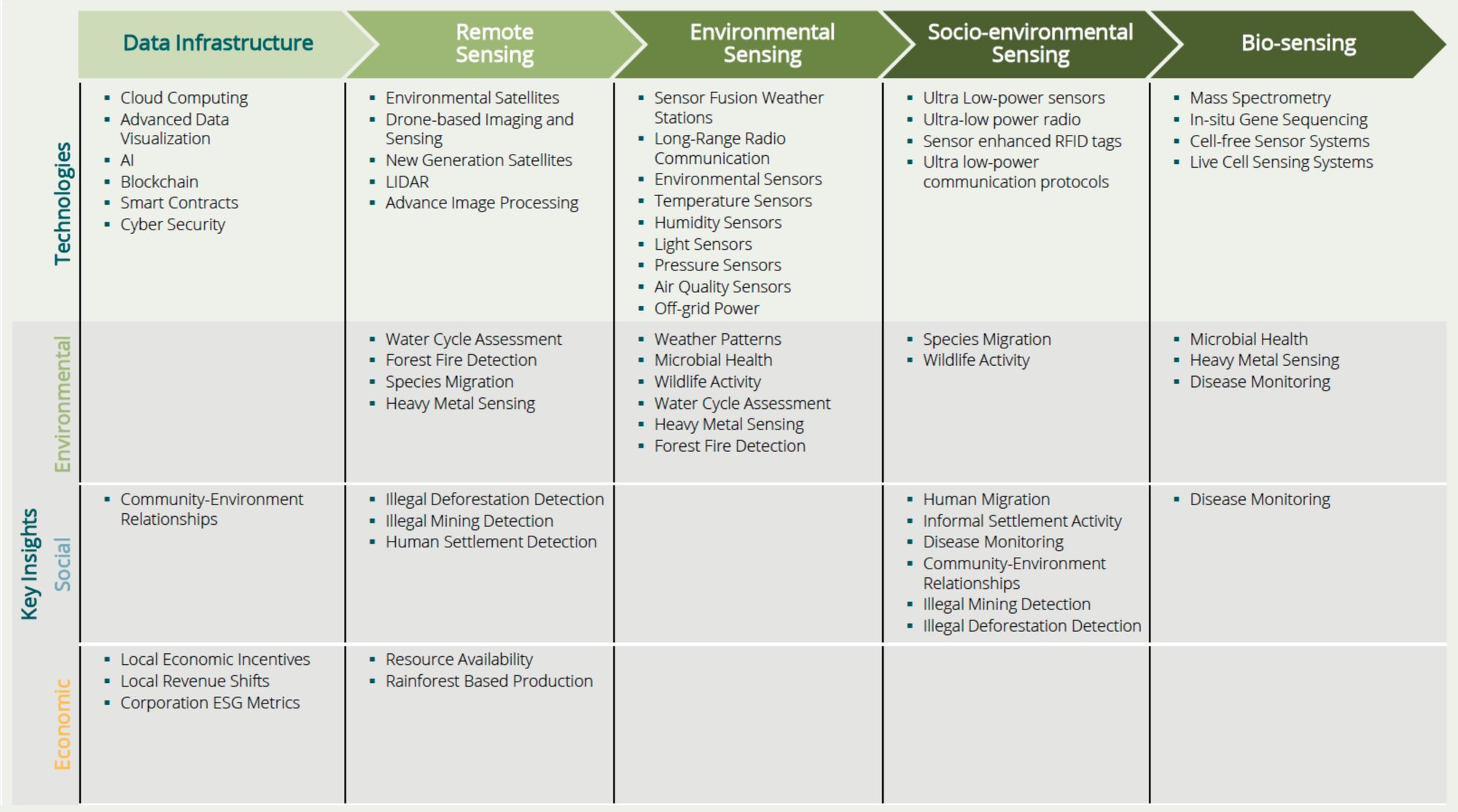
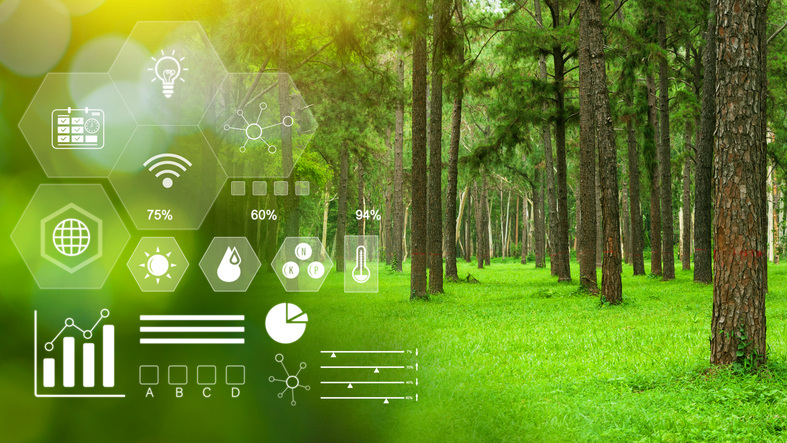
Monitoring
variables, providing insights into the socio-environmental landscape of the Amazon Rainforest.

Insights
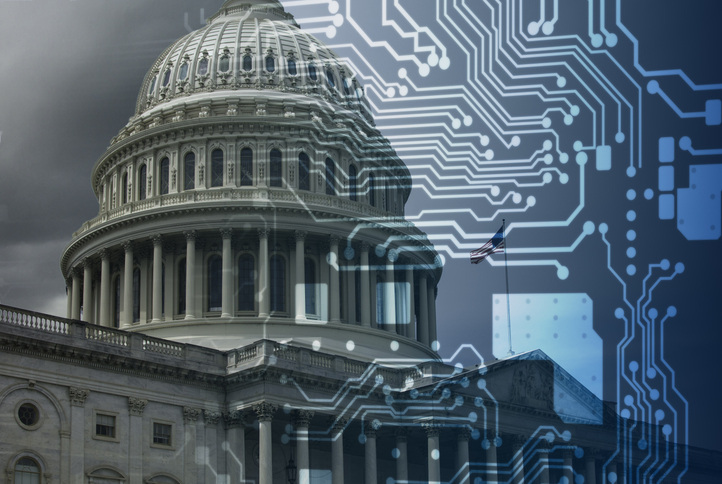
Digital Governance
A Greener Future
Veea’s hybrid edge-cloud computing platform enables advanced networking, edge applications supported by a connectivity and application mesh, blockchains, IoT/IIoT/AIoT, and data management technologies — all of which combined provide for highly integrated “last-hectare” solutions in the rainforest, such as:
- Providing access to locally cached, and regularly updated, content for education, healthcare, training, news and infotainment
- Planning and managing affordable and renewable energy solutions
- Monitoring water pollution, air quality, natural disasters, and climate change
Stay Up To Date
Subscribe to our newsletter
Get the latest in edge development right into your mailbox, monthly.
What will your competitive edge be?
Contact our experts to discuss how Edge Computing can benefit your organization.
